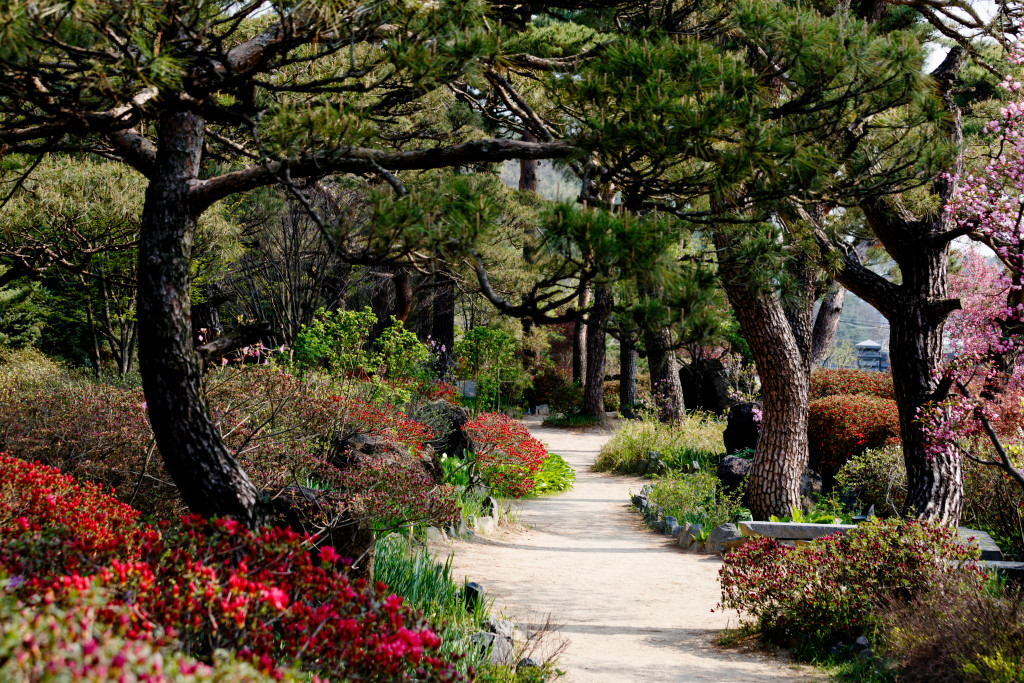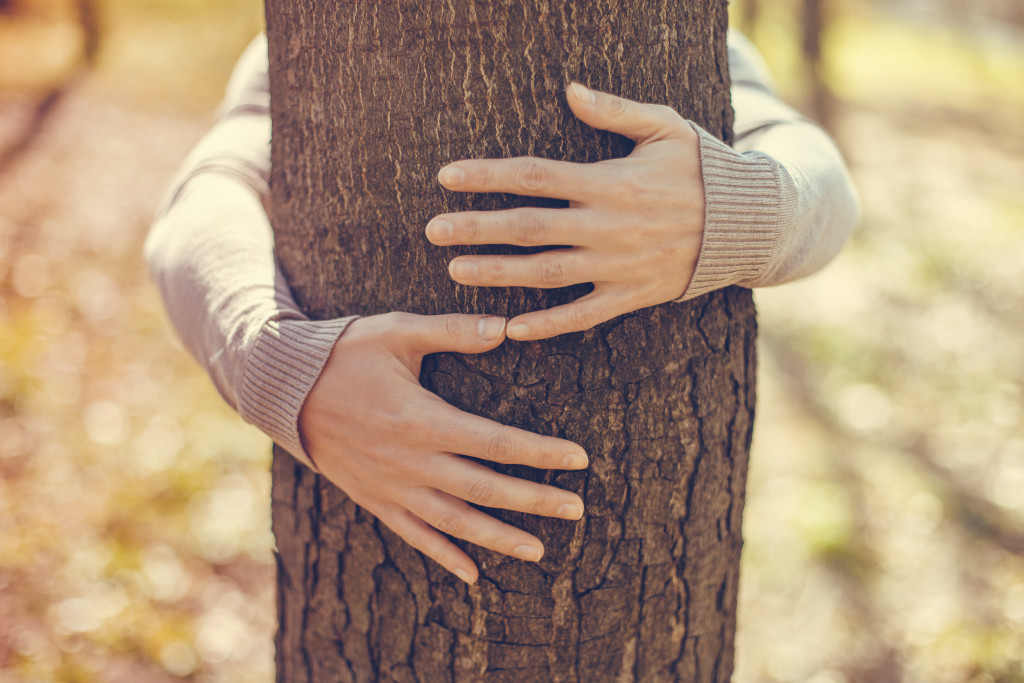Trees are an integral part of our environment that need to be properly maintained in order for them to thrive. They provide shade, cool the air temperature, and clean the air. They also help reduce noise pollution by absorbing sound waves. Trees should not be used as a quick fix for landscaping problems or empty spots in your yard. Properly caring for your trees will allow them to grow stronger while making your yard look more beautiful! Here are some ways to help prolong the life of the trees in your home.

1. Water your trees regularly, especially in the summertime.
Trees require a lot of water to maintain their health. Remember that it is not just the leaves that need water, but the roots as well. If you have an older tree, make sure to check the roots for any damage. Sometimes this can be fixed with some extra mulch around the tree’s base. Make sure your trees are getting about an inch of water per week. During hot months, do check them more often!
2. Prune your trees when appropriate.
Trees can grow tall very quickly in the home landscape but proper pruning will allow you to control their growth so that they can develop into a balanced healthy tree with a strong central leader (the trunk). A common mistake in pruning trees is to remove too much of the branch or bough at one time. Doing this may make it harder for you later on when you want to control your tree’s height and width. Prune out dead branches, crossing or rubbing branches, and any diseased or damaged wood from the tops and bottoms of the tree.
3. Inspect your trees for signs of illness or damage.
Trees are more susceptible to damage than smaller plants. It may be easier for you to identify damage if you can find a reference guide of what healthy trees look like next to an example of the same tree but damaged. Look for split or cracked trunks, branches that are growing toward the center of the tree (called water sprouts), or any signs of insect damage. You can hire an experienced tree surgeon to help you remedy these damages.
4. Make sure to keep your trees protected from pests.
Garden pests are looking for a nice tree to eat! Some common garden pests may include deer, rabbits, mice, gypsy moths, carpenter ants, cankerworms/fall webworms, bagworms/thrift caterpillar, lace bugs, scale insects, borers, grasshoppers, leaf miners/blotch miner/leafminers which are beetles that eat away at the leaves. You can try using nets or mesh to protect your trees from deer browsing. But for insects, you may need to get creative and find a good solution for your yard. For example, you can use insecticidal soap or diatomaceous earth (which is non-toxic) around the tops of the trees. Spray them every few weeks until your problem subsides and do not forget to spray underneath any leaves that may be covering the base of your tree.
5. Establish a good watering schedule for your trees that also includes proper drainage.
Trees will draw up water and nutrients from the soil and if they do not have proper drainage, this can lead to tree stump problems. If you are planting a tree in an already established lawn, avoid planting it over low-lying areas of your yard where the grass has trouble growing or is wet for long periods of time. The easiest way to do this would be to place a layer of gravel around the base of your tree and then cover it with topsoil. This will help ensure proper drainage for your trees and reduce any chance of wetness or contact with lawn chemicals.
6. Protect your trees from harsh weather conditions.
Trees are one of the first things to show signs of damage during harsh weather conditions. Make sure your trees are protected from the wind by putting up netting or stakes, especially during strong winter storms. Don’t forget about protecting your tree’s roots as well! A good thick barrier (about 2 feet deep) of mulch will help protect them from winter weather.
7. Have the right type of soil in your yard.
Whenever you are adding new trees to your yard, always do a soil test first. Then use the results of this test to see what nutrients and fertilizers you need to add to increase the chances for healthy tree growth. You can have your soil tested through your local county extension or by contacting a soil testing lab on your own.
A healthy tree is a beautiful addition to any yard, and with the proper care, your trees can live for many years. By following these simple tips, you can help prolong the life of your trees and keep them looking their best for every season.


